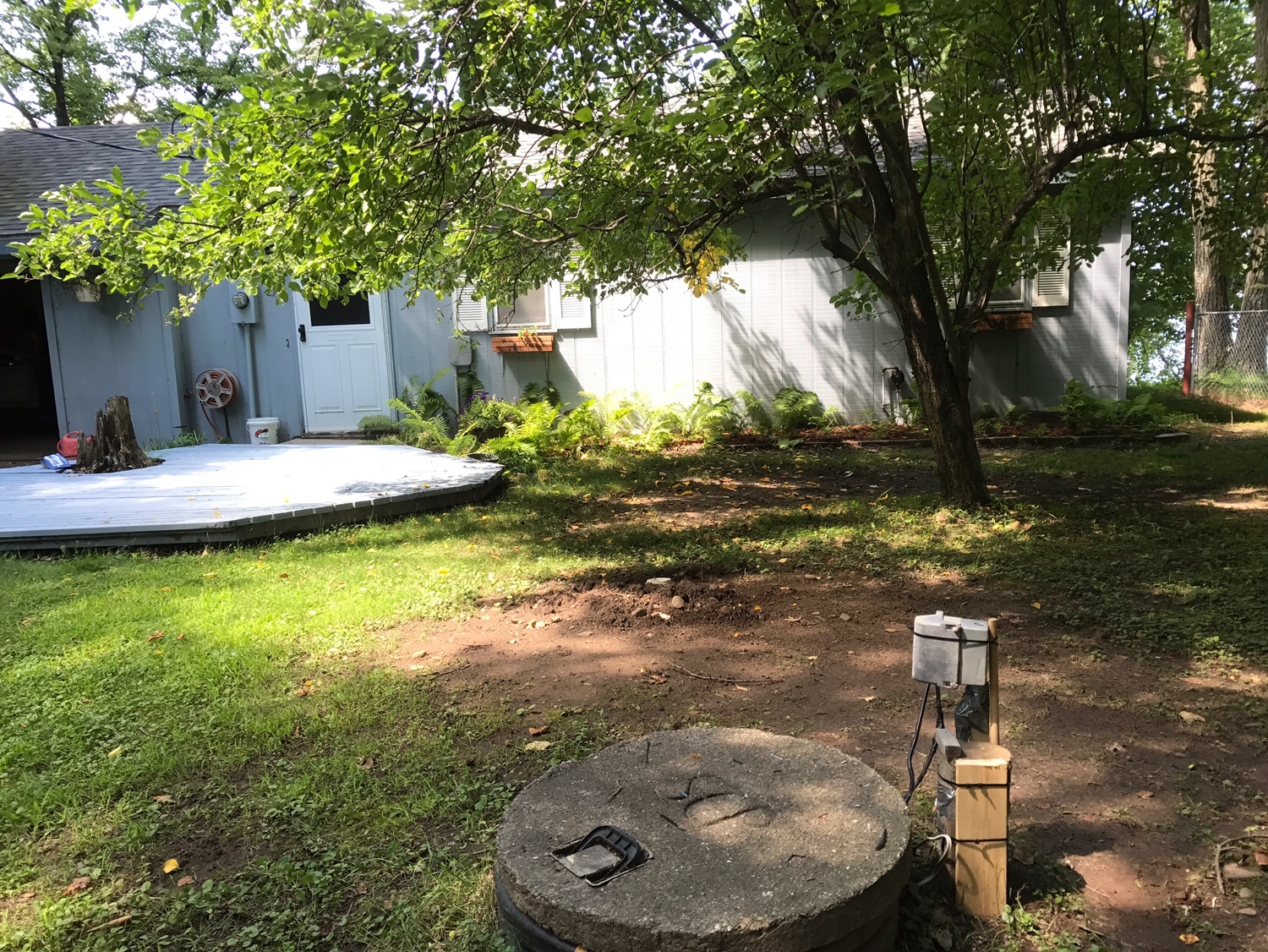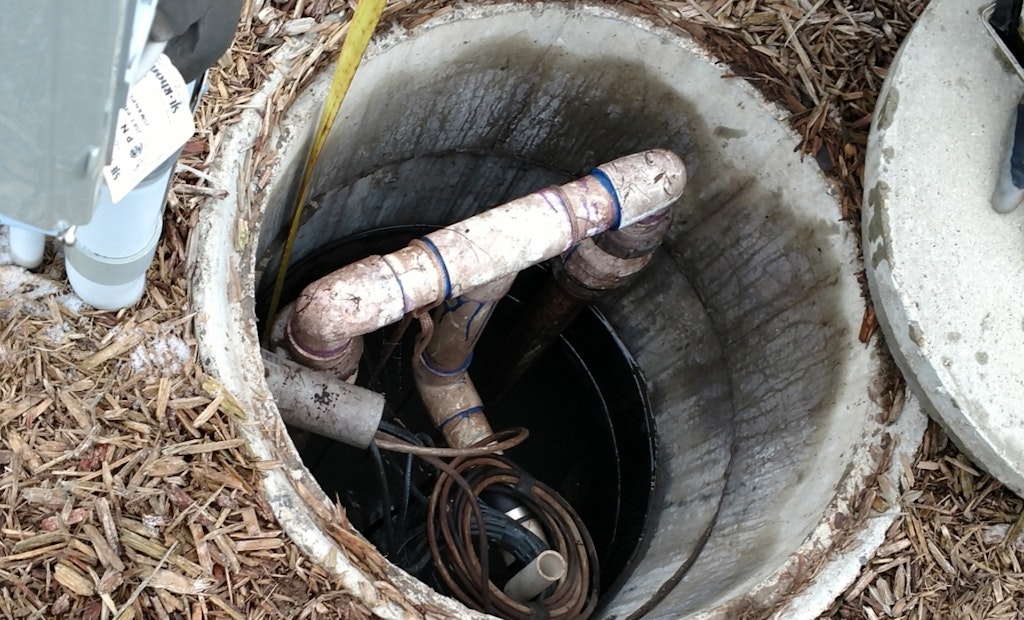Interested in Safety?
Get Safety articles, news and videos right in your inbox! Sign up now.
Safety + Get AlertsElectrical shock is a potential hazard to onsite wastewater treatment system professionals. Written procedures for dealing with electrical hazards must be part of a company’s safety plan.
All underground power should be located prior to beginning work on the site. Be aware of overhead power lines that may be in the way of excavation equipment. It may be necessary to contact utility companies to drop lines temporarily to install the system.
Because electrical shock can cause serious injury or death, installers should never attempt to repair electrical equipment unless they are experienced with electrical systems. Only trained individuals should be allowed to service, repair or troubleshoot electrical equipment and systems. In all states, installers must be qualified and authorized to work on electrical equipment before attempting to make any repairs or troubleshoot. Trained and qualified employees should use hand tools designed specifically for use in electrical environments. Ordinary 110-volt electricity can be fatal and 12 volts can also cause injury if enough contact is made. Contact with 110-volt circuits actually kills more people than contact with 240-volt systems. Installers may be in close proximity to all of these at any given time.
Any electrical system, regardless of voltage, should be considered dangerous unless it is positively known to be de-energized. The basic safety rules when working around electrical equipment include:
- Be aware of the potential hazard at all times.
- Do not use metal ladders.
- Never override any electrical safety device.
- Inspect extension cords for abrasion and insulation failure as well as for missing grounding prongs
- Use only hand tools that are fully insulated to prevent electrical contact.
- Use only grounded or insulated (Underwriter Laboratory [UL] approved) electrical equipment.
- Energize AC-powered equipment through a connection with a ground fault circuit interrupter (GFCI).

Examples of bad electrical work on a septic system include exposed wires that could be hit with a weed whip, using electrical tape instead of an appropriate sealing compound, and using a strap to hold the enclosure closed (likely not a watertight seal as required).
Employees should receive training on proper lock-out/tag-out procedures. Safe work practices should always be used and must be consistent with the nature and extent of the associated hazard. Lockout/tag-out practices include the following:
- Live parts that have been de-energized but not locked out must be treated as energized; de-energized circuits must be locked out and tagged.
- Locks and tags must be in place before equipment may be de-energized.
- Live parts must be disconnected from all electrical sources and stored electrical energy must be released. (Note that this includes any pressurization of the system.)
- Live parts must be de-energized unless it is impossible to do so and if safe work practices for working on live parts are mandated.
- Locks and tags must be placed together unless the lock cannot be applied.
- If only a tag is used, additional safety measures are required.
- If only one item is de-energized, a lock may be used without a tag; however, the lockout period cannot extend past the shift and employees must be familiar with the procedures.
- A qualified person must check to see if the equipment is de-energized (if it is over 600 volts) and verify that equipment is safe to energize.
- Only the person placing the lock can remove it. If that person is not on the site, the employer can remove the lock only after all persons are positively located.
- Only qualified persons are allowed to work on live, exposed parts.
Again, the practices listed above are intended only for use as a general guide. Training and education for employees is critical to working safely.
About the author
Sara Heger, Ph.D., is a researcher and educator in the Onsite Sewage Treatment Program in the Water Resources Center at the University of Minnesota, where she also earned her degrees in agricultural and biosystems engineering and water resource science. She presents at many local and national training events regarding the design, installation and management of septic systems and related research. Heger is the president-elect of the National Onsite Wastewater Recycling Association and she serves on the NSF International Committee on Wastewater Treatment Systems. Ask Heger questions about septic system design, installation, maintenance and operation by sending an email to kim.peterson@colepublishing.com.
This article is part of a series on safety:
- Focus on Safety: Installers Need to Make Safety a Priority
- Focus on Safety: Federal and State OSHA Standards
- 7 Overlooked Safety Issues for Installers
- Electrical Hazards to Watch for During Septic Repair and Installation
- Focus on Safety: Transporting and Operating Equipment






